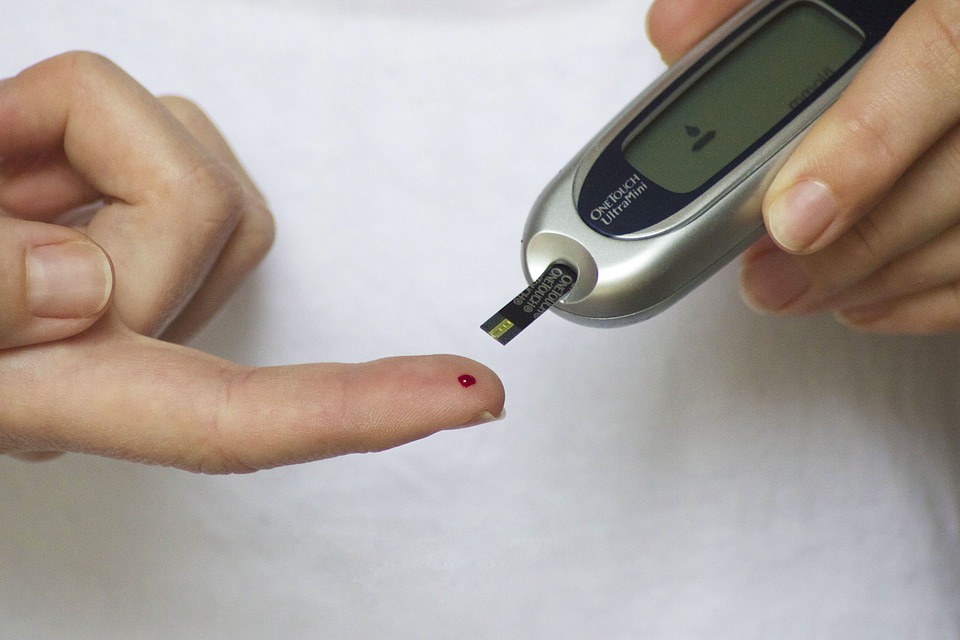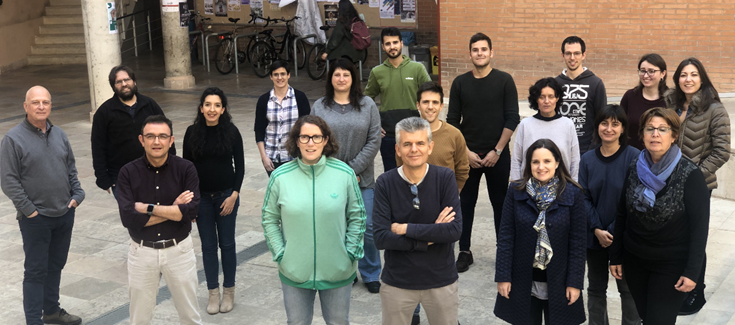They identify biological indicators that can be used to predict the development of type 2 diabetes.

A research team from URV, CIBERDEM and IISPV succeeds in finding the molecular signature associated with the disease through a combination of metabolomics, nuclear magnetic resonance and machine learning.
Several groups from CIBERDEM, the University of Rovira e Virgili and the Father Virgili Institute for Sanitary Research took part in the study, which combined metabolomics based on nuclear magnetic resonance and machine learning (machine learning) to find a glucose-independent molecular signature associated with the development of type 2 diabetes (T2DM), that is, a set of biological indicators that could serve as early signals or predictors of the disease beyond traditional ones.
Work, the results of which were published in a scientific journal Diabetes Research and Clinical Practicewas conducted on a subgroup of participants in the Di@bet.es study, a national cross-sectional and population-based CIBERDEM study launched in 2008–2010 that measured the prevalence and incidence of type 2 diabetes in the adult population throughout Spain.
“The work aimed to search for glucose-independent molecular signatures that could be associated with the future development of type 2 diabetes,” explains the research team. For this reason, three groups of people were analyzed together, data corresponding to the 8-year analysis period of the Di@bet.es study: those who developed T2DM at some point during the follow-up period; others did not develop diabetes but had glucose concentrations equal to those in the previous group and the control group.
Serum metabolomics analysis was performed on the three subgroups to obtain profiles of lipoproteins and glycoproteins and 15 small-molecule metabolites. The resulting data was subsequently inserted as input into various machine learning-based models.

The results showed that the variables associated with glycoproteins, creatinine, creatine, small HDL particles and Johnson-Neyman intervals of Glyc A and Glyc B interaction were statistically significant.
According to University of Rovira e Virgili researcher Josep Ribalta, “The analysis model allowed us to show the respective contributions of inflammation (glycosylation pattern and HDL) and muscle (creatinine and creatine) to the development of type 2 diabetes as independent. Factors of hyperglycemia.
This was a collaborative study between groups led by Josep Ribalta (URV-IISPV) Rovira; Gemma Rojo (from the Institute of Biomedical Research of Malaga) and Xavier Corraig (URV). The first to sign was Enrique Oscaris from the company “Biosphere Tesla”, spin off IISPV and URV under the leadership of Nuria Amigo.
Bibliographic link: Oscaris E., Guardiola M., Amigo N., Rojo-Martinez G., Valdes S., Reyes P., Massana L., Ribalta H. (2023). NMR-based metabolic profiling identifies inflammation and muscle-associated metabolites as predictors of incident type 2 diabetes beyond glucose: Di@bet.es study. Diabetes research and clinical practice. 202. 110772. 10.1016 doi: https://doi.org/10.1016/j.diabres.2023.110772
